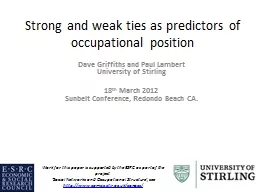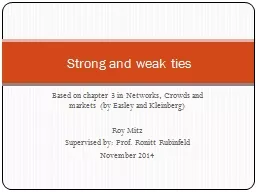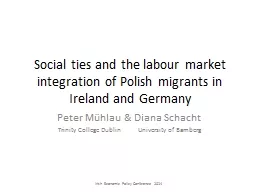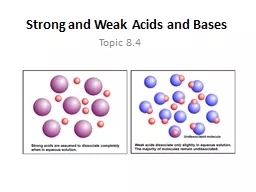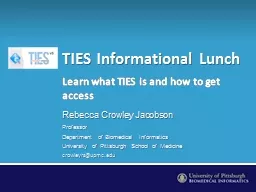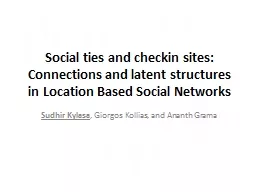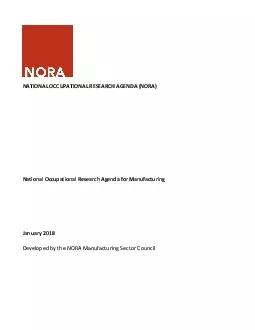PPT-Strong and weak ties as predictors of occupational position
Author : test | Published Date : 2016-07-15
Dave Griffiths and Paul Lambert University of Stirling 18 th March 2012 Sunbelt Conference Redondo Beach CA Work for this paper is supported by the ESRC as part
Presentation Embed Code
Download Presentation
Download Presentation The PPT/PDF document "Strong and weak ties as predictors of oc..." is the property of its rightful owner. Permission is granted to download and print the materials on this website for personal, non-commercial use only, and to display it on your personal computer provided you do not modify the materials and that you retain all copyright notices contained in the materials. By downloading content from our website, you accept the terms of this agreement.
Strong and weak ties as predictors of occupational position: Transcript
Download Rules Of Document
"Strong and weak ties as predictors of occupational position"The content belongs to its owner. You may download and print it for personal use, without modification, and keep all copyright notices. By downloading, you agree to these terms.
Related Documents

